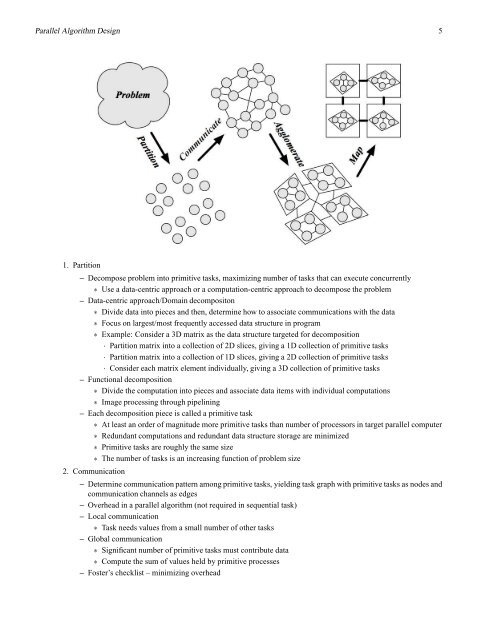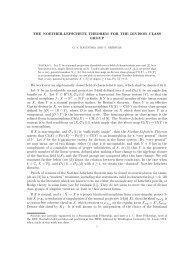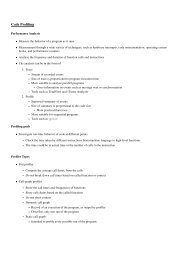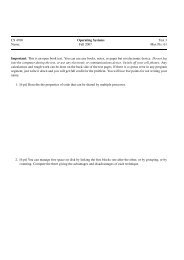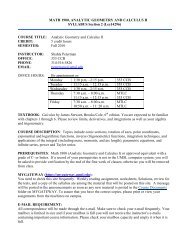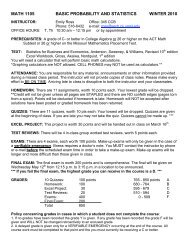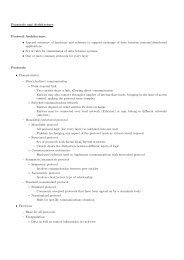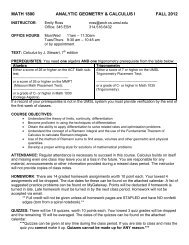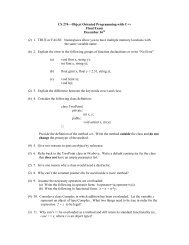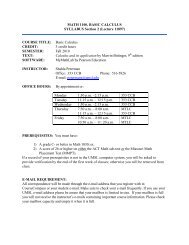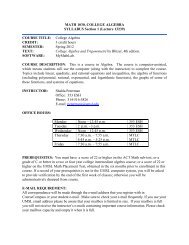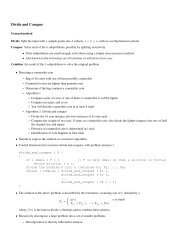Parallel Algorithm Design
Parallel Algorithm Design
Parallel Algorithm Design
You also want an ePaper? Increase the reach of your titles
YUMPU automatically turns print PDFs into web optimized ePapers that Google loves.
<strong>Parallel</strong> <strong>Algorithm</strong> <strong>Design</strong> 51. Partition– Decompose problem into primitive tasks, maximizing number of tasks that can execute concurrently∗ Use a data-centric approach or a computation-centric approach to decompose the problem– Data-centric approach/Domain decompositon∗ Divide data into pieces and then, determine how to associate communications with the data∗ Focus on largest/most frequently accessed data structure in program∗ Example: Consider a 3D matrix as the data structure targeted for decomposition· Partition matrix into a collection of 2D slices, giving a 1D collection of primitive tasks· Partition matrix into a collection of 1D slices, giving a 2D collection of primitive tasks· Consider each matrix element individually, giving a 3D collection of primitive tasks– Functional decomposition∗ Divide the computation into pieces and associate data items with individual computations∗ Image processing through pipelining– Each decomposition piece is called a primitive task∗ At least an order of magnitude more primitive tasks than number of processors in target parallel computer∗ Redundant computations and redundant data structure storage are minimized∗ Primitive tasks are roughly the same size∗ The number of tasks is an increasing function of problem size2. Communication– Determine communication pattern among primitive tasks, yielding task graph with primitive tasks as nodes andcommunication channels as edges– Overhead in a parallel algorithm (not required in sequential task)– Local communication∗ Task needs values from a small number of other tasks– Global communication∗ Significant number of primitive tasks must contribute data∗ Compute the sum of values held by primitive processes– Foster’s checklist – minimizing overhead


